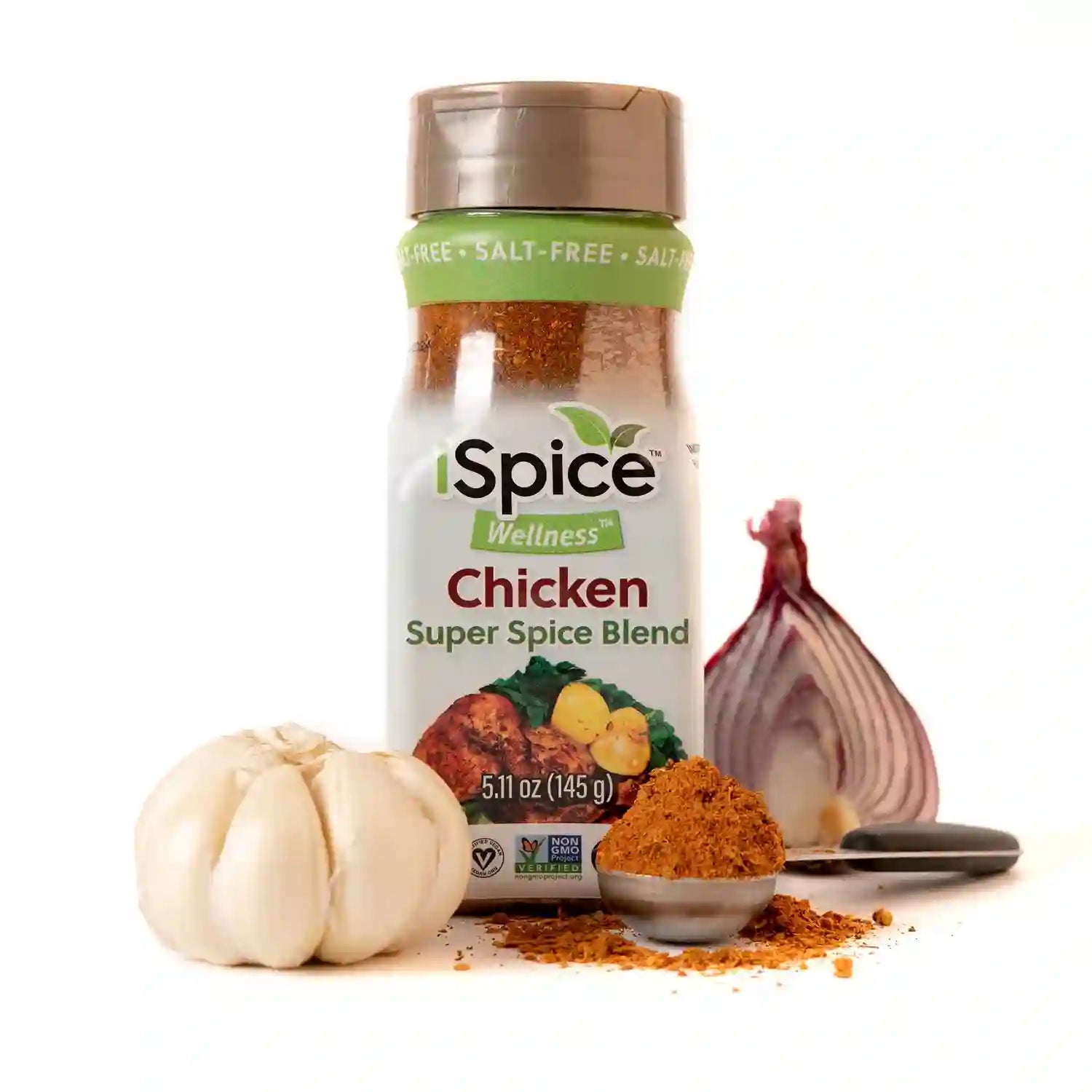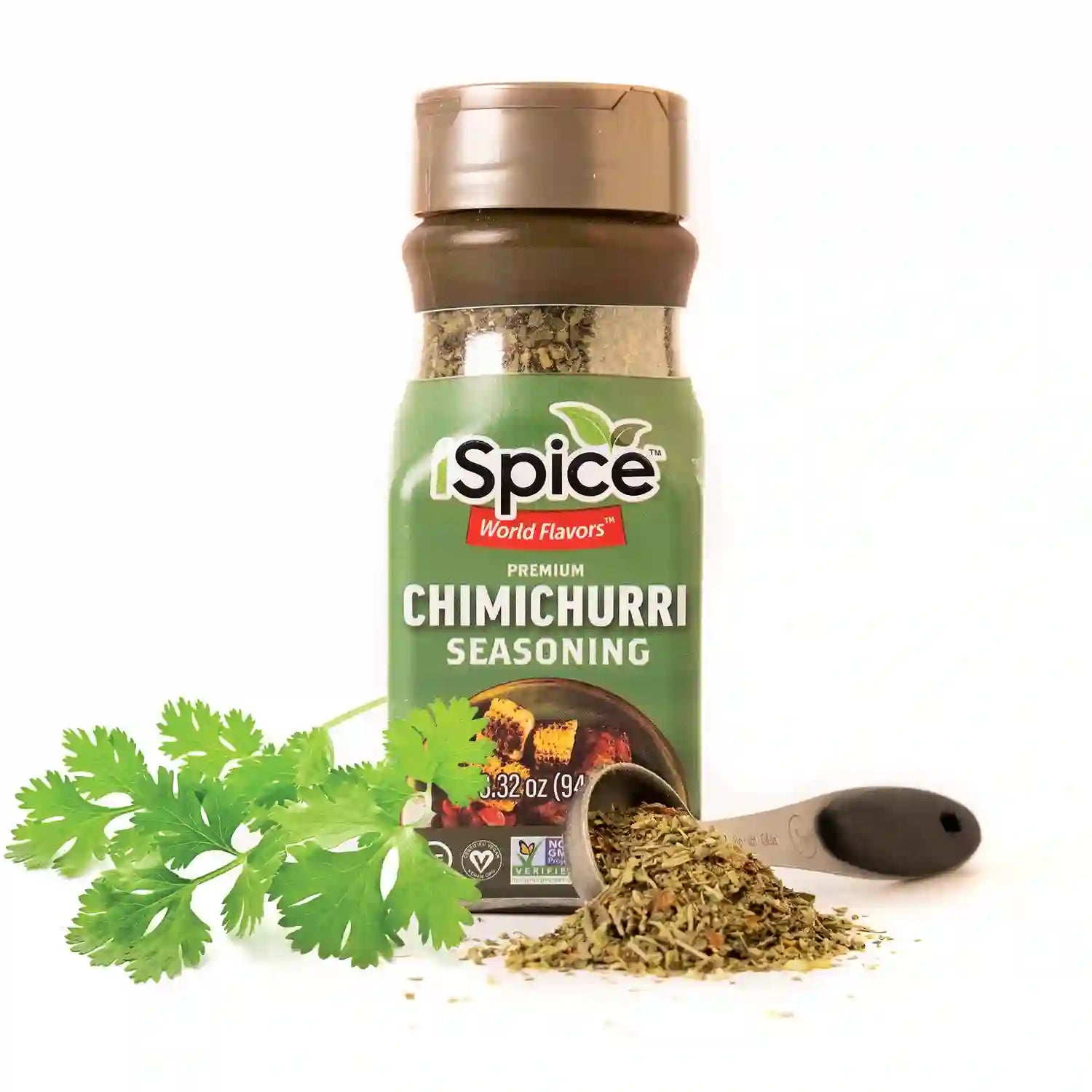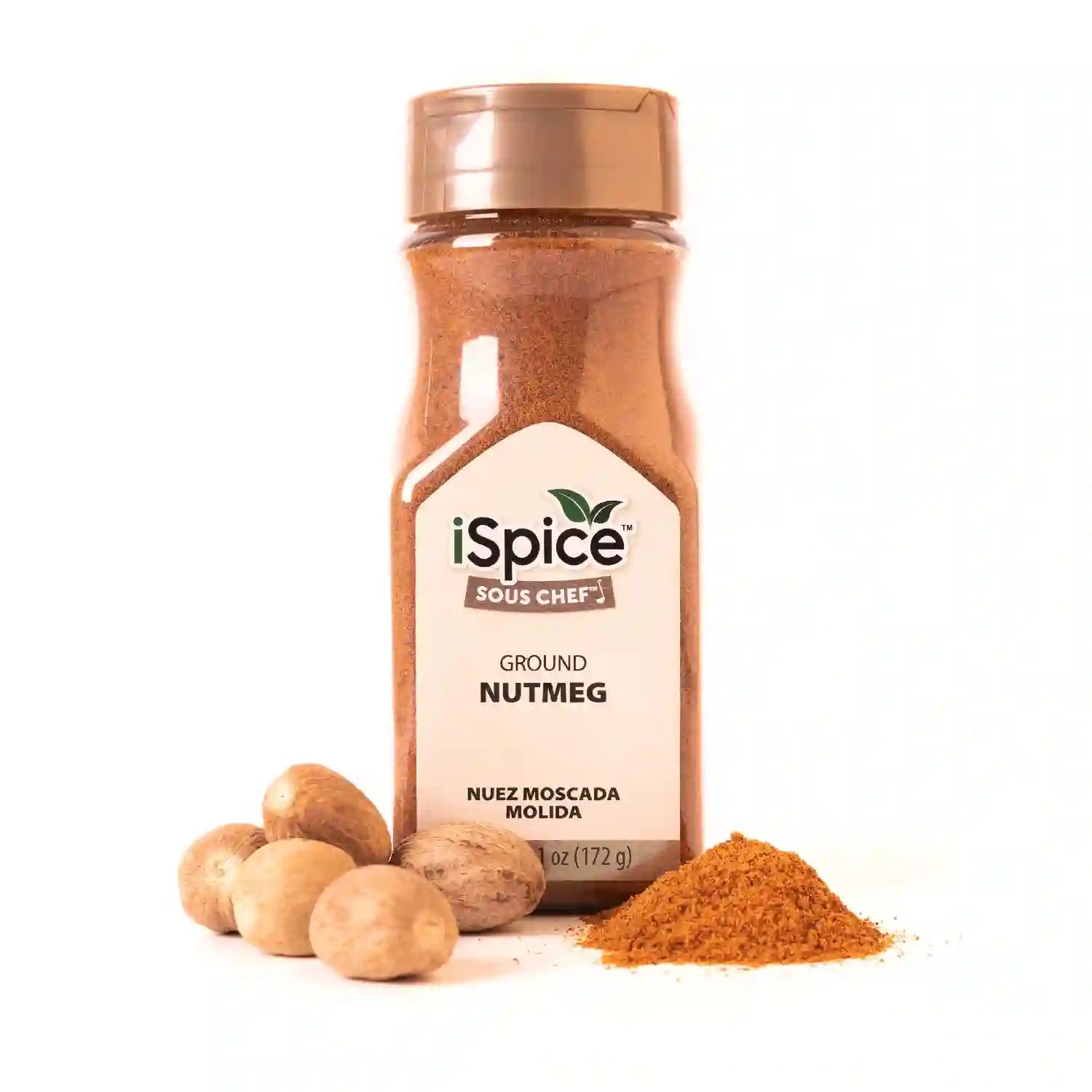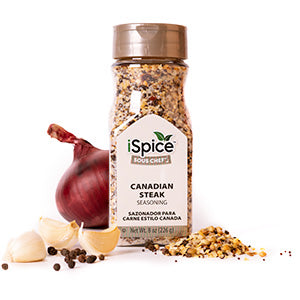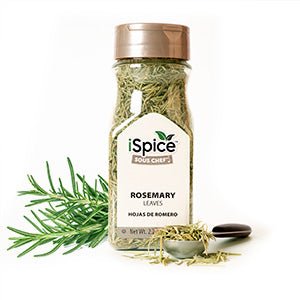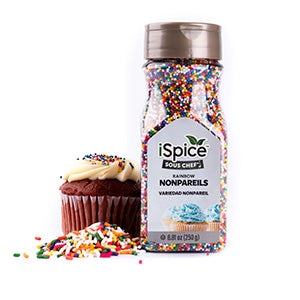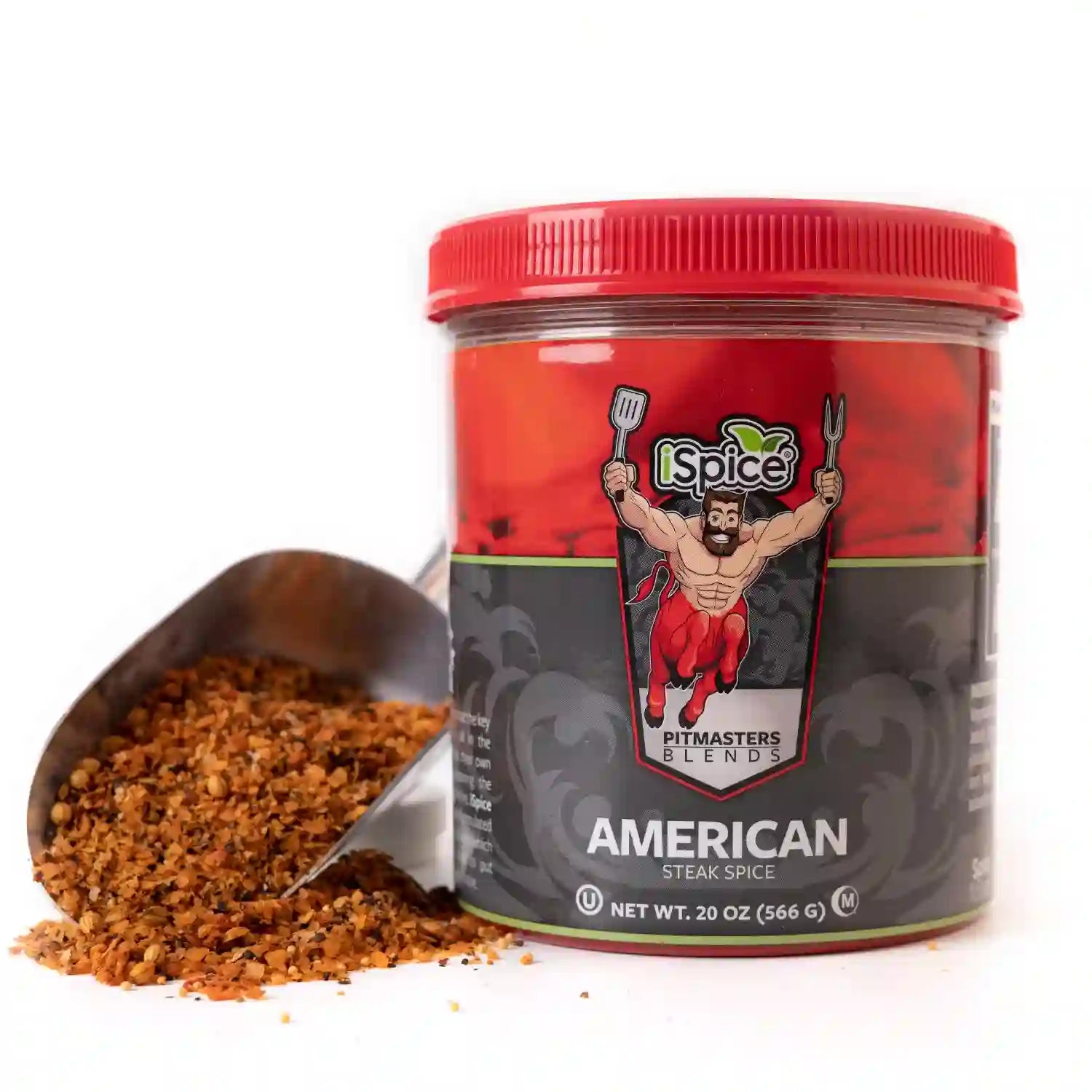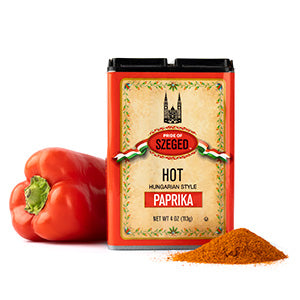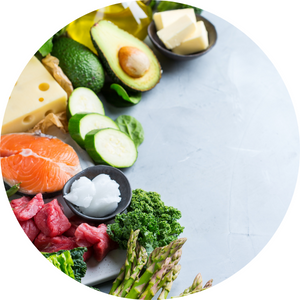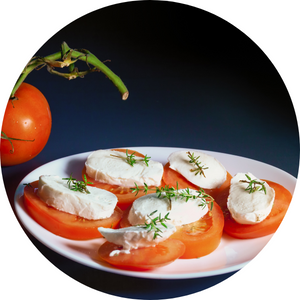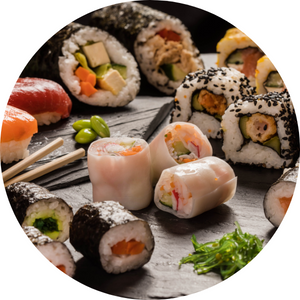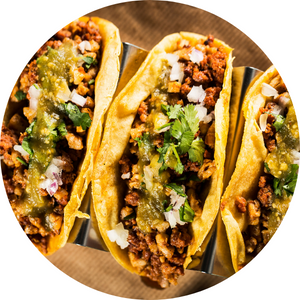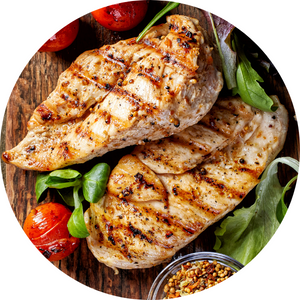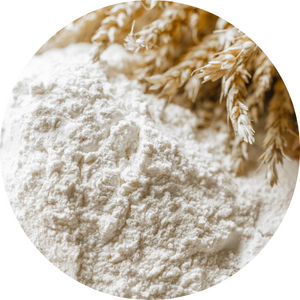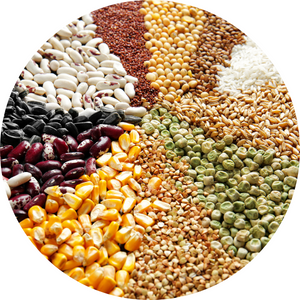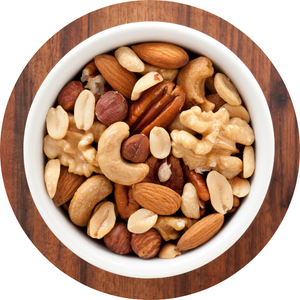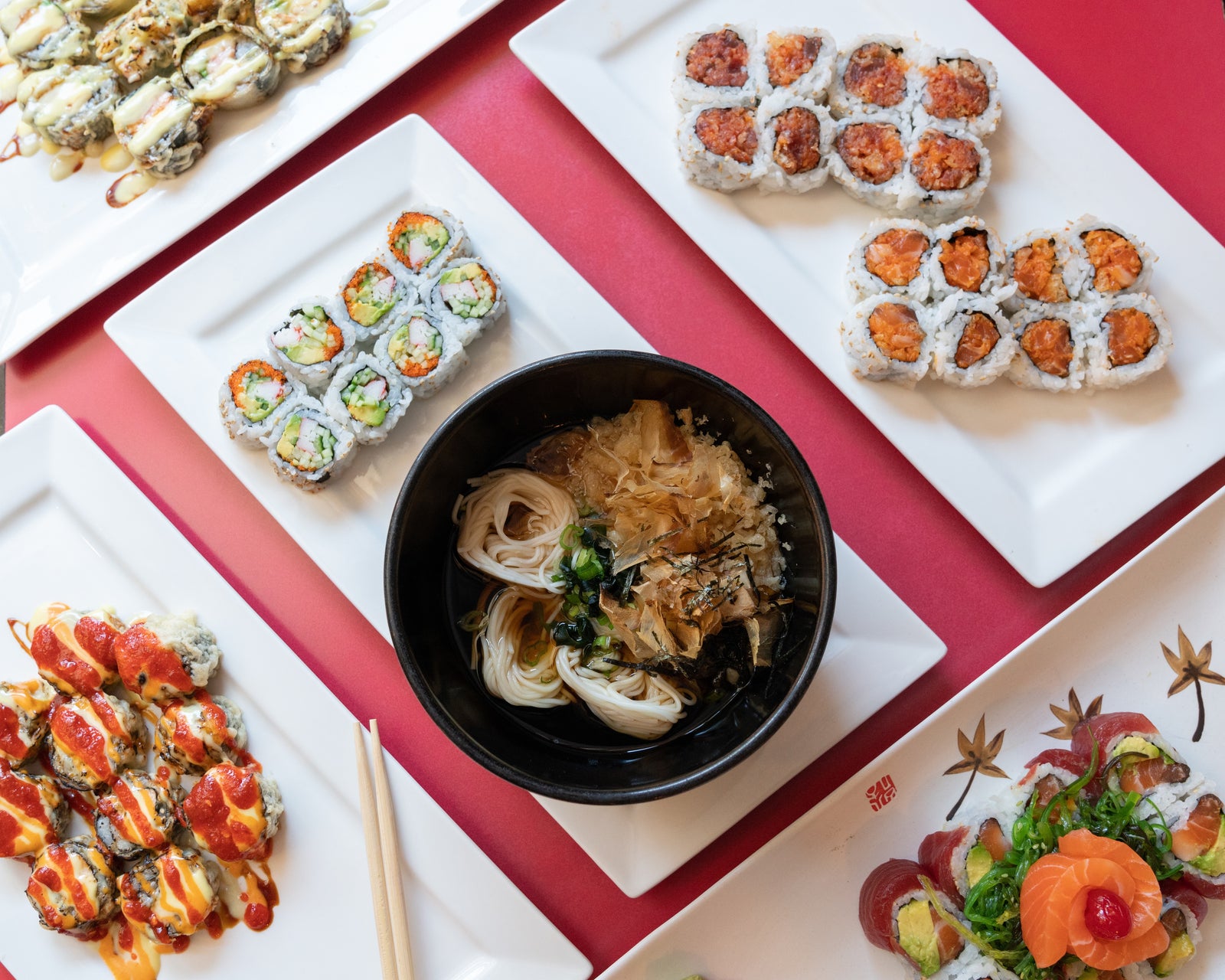
Few spice blends capture the spirit of the Caribbean like jerk seasoning—a fiery, aromatic mix rooted in centuries of history and cultural fusion. More than just a marinade, jerk seasoning represents the heart of Jamaican cuisine, combining African, Indigenous, and European influences into a flavor that’s bold, smoky, and unforgettable.
Whether slathered on chicken sizzling over charcoal or rubbed into pork before slow cooking, jerk seasoning delivers the signature combination of heat, sweetness, and spice that defines Caribbean cooking.
The Origins of Jerk Cooking
Jerk cooking dates back to the 17th century, when the Maroons, descendants of escaped African slaves, developed methods of seasoning and smoking meat deep in the Jamaican mountains. Using local herbs, chilies, and spices, they created a technique that preserved food while infusing it with layers of flavor.
Over time, this method merged with Indigenous Taino traditions of slow-smoking meats over pimento wood—introducing the world to what we now know as jerk.
Today, jerk has become a symbol of Caribbean identity—representing resilience, creativity, and the power of food to unite cultures.
The Flavor Profile of Jerk Seasoning
Jerk seasoning is known for its perfect balance of heat, sweet, and savory, with a hint of smokiness. Each ingredient contributes a key element to the blend’s complexity.
Key Flavor Notes:
-
Spicy heat from Scotch bonnet peppers
-
Sweet warmth from allspice and cinnamon
-
Herbal freshness from thyme and scallions
-
Savory depth from garlic and onion
-
Tangy brightness from lime or vinegar
This harmony of flavors is what makes jerk seasoning so versatile and addictive.
Traditional Ingredients in Jerk Seasoning
While every cook has a unique recipe, classic jerk seasoning often includes:
-
Scotch Bonnet Peppers: Provide signature Caribbean heat.
-
Allspice (Pimento): The defining spice—warm, sweet, and fragrant.
-
Thyme: Adds herbal freshness.
-
Garlic and Onion: Build the savory base.
-
Ginger: Offers mild heat and citrusy notes.
-
Brown Sugar: Balances the spice with subtle sweetness.
-
Cinnamon and Nutmeg: Add depth and warmth.
-
Lime Juice or Vinegar: Provides acidity to tenderize and brighten.
-
Salt and Black Pepper: Complete the balance.
Some modern versions also include soy sauce, scallions, or even orange zest for a tropical twist.
How Jerk Seasoning Is Used
1. Dry Rub
A mixture of ground spices applied directly to meats before grilling or roasting. Perfect for chicken wings, ribs, or tofu.
2. Wet Marinade
Blended with vinegar, oil, or citrus juice for deeper flavor penetration. Ideal for slow-marinated chicken or seafood.
3. Grilling Over Pimento Wood
Authentic jerk cooking involves grilling meat over pimento wood, which adds smoky allspice flavor that defines the traditional taste of Jamaica.
4. Versatile Applications
Jerk seasoning isn’t limited to meat—use it for vegetables, beans, roasted potatoes, or even as a base for sauces and dips.
Jerk in Modern Caribbean and Global Cuisine
Today, jerk seasoning has spread far beyond Jamaica. Across the Caribbean—and around the world—it’s celebrated as both a cultural heritage and a culinary technique.
Chefs now experiment with jerk in:
-
Seafood dishes like jerk shrimp and lobster.
-
Vegetarian recipes featuring plantains, eggplant, or jackfruit.
-
Street food favorites such as jerk tacos or sandwiches.
-
Fusion cuisines, where jerk is combined with Asian, Latin, or Mediterranean flavors.
Despite modern adaptations, the essence of jerk remains the same: a smoky, spicy, flavorful tribute to the Caribbean spirit.
Cooking Tips for Authentic Jerk Flavor
-
Use Scotch bonnets: Habaneros can substitute, but true Scotch bonnets offer deeper fruitiness.
-
Marinate overnight: Longer marination means richer flavor and tenderness.
-
Grill slowly: Low heat allows flavors to caramelize without burning.
-
Add wood smoke: If possible, use pimento, oak, or hickory for authentic aroma.
-
Balance heat and sweet: Adjust sugar and pepper ratios to suit your preference.
Frequently Asked Questions About Jerk Seasoning
1. What does jerk seasoning taste like?
It’s spicy, smoky, and aromatic with a balance of sweet and savory flavors from allspice, thyme, and chili.
2. Is jerk always spicy?
Traditionally yes, but you can tone down the heat by reducing Scotch bonnets or substituting milder peppers.
3. What meats work best with jerk seasoning?
Chicken, pork, shrimp, and fish are classic choices, though it also works wonderfully on vegetables or tofu.
4. Can I make jerk seasoning at home?
Yes—combine allspice, thyme, garlic, onion, cinnamon, nutmeg, sugar, and chili for a quick DIY mix.
5. How long should I marinate with jerk seasoning?
At least 4–6 hours, but overnight yields the best flavor.
6. What’s the difference between dry and wet jerk seasoning?
Dry jerk is a spice rub, while wet jerk includes liquids like vinegar or oil for a more intense marinade.
Final Thoughts
Jerk seasoning is more than a blend of spices—it’s a story of history, resilience, and celebration. From the smoky hills of Jamaica to kitchens around the globe, it continues to inspire with its fiery warmth and deep complexity. Whether you’re grilling, roasting, or experimenting with plant-based dishes, Caribbean jerk seasoning brings the rhythm and soul of the islands straight to your plate.

